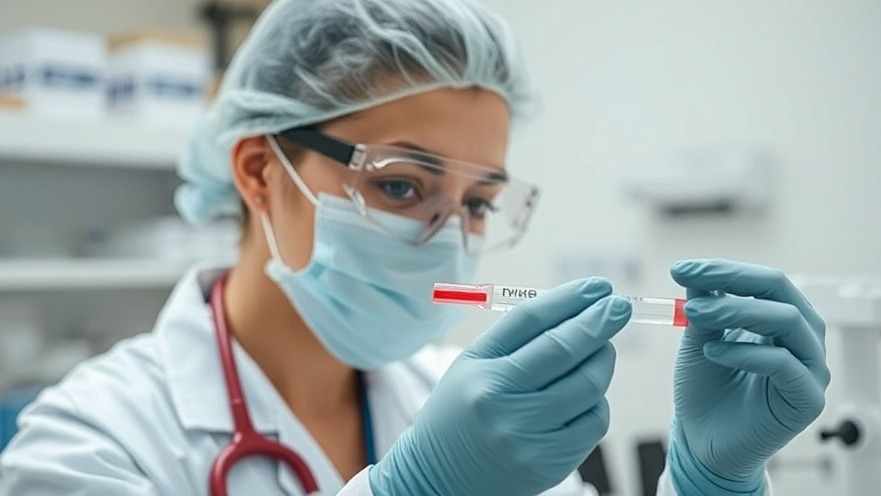
A Breakthrough in Trichomoniasis Detection
Trichomoniasis remains a leading sexually transmitted infection (STI), affecting millions globally. It's caused by the parasite Trichomonas vaginalis, which often goes undiagnosed due to its frequently asymptomatic nature. Early detection and treatment are critical in preventing complications that could affect reproductive health and increase susceptibility to other STIs, including HIV.
The ALFA Test: Speed and Affordability Combined
A research team from the Universitat Rovira i Virgili (URV) has developed the ALFA (Aptamer-based Lateral Flow Assay), a revolutionary test that can diagnose trichomoniasis in just 15 minutes at a cost of less than one euro. This affordability makes it an accessible option for public health initiatives, particularly in resource-limited communities. The simplicity of the test—only requiring three steps from sample collection to result display—further enhances its usability in clinical settings.
The Technology Behind ALFA: Simplified Testing
The ALFA test leverages innovative technology involving DNA aptamers, enabling high specificity in detecting the parasite without cross-reacting with other common vaginal micro-organisms. This feature significantly improves the accuracy of results, an issue prevalent in other testing methods. The aptamer system is designed for stability, remaining effective at room temperature for up to a year, which is crucial for distribution in underserved areas.
Why It Matters: Implications for Sexual Health
With most cases of trichomoniasis showing no symptoms, the availability of a rapid and affordable testing method offers significant public health benefits. It could lead to a substantial reduction in undiagnosed cases, allowing for timely treatment and reducing the associated risks of complications, including the potential for increasing the risk of HIV acquisition.
Practical Insights for Healthcare Practitioners
Concierge health practitioners can leverage this new testing solution to proactively screen at-risk patients, especially those who may not present symptoms traditionally associated with STIs. Given the low cost, it can be seamlessly integrated into routine health checks, particularly for populations vulnerable to STIs.
Future of STD Testing: Expanding Horizons
The URV research team intends to broaden the application of the ALFA test to include diagnostics for other pathogens, highlighting the potential for advancements in point-of-care testing technology. As the medical community shifts towards decentralized care models, innovations like ALFA could revolutionize how STDs are managed.
Conclusion: A New Era in STD Diagnostics
The introduction of the ALFA test marks a pivotal advancement in the fight against STIs like trichomoniasis. Healthcare providers should consider incorporating this test into their practice as a standard part of sexual health assessments. With further development, we can envision a future where timely and accurate STI diagnostics are universally accessible.
For more information on how you can implement the ALFA test in your practice, follow updates in the medical community and engage with new equipment to enhance patient care.
 Add Row
Add Row  Add
Add 






Write A Comment